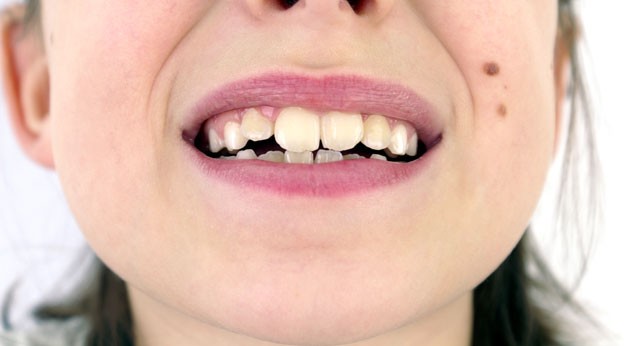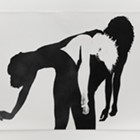They’ve got cell phones with GPS systems, pocket-sized digital videogames and 8-gig MP3 players. Old 1980s technology just won’t fly for today’s grade-schoolers: not for toys, and not for crooked teeth.
Enter orbital X-rays, custom-color, Transformer-looking mouthpieces and nickel titanium alloy developed in the space program. While cutting-edge technology still can’t prevent a child from being born with an under bite or crowded baby teeth, it allows for more treatment options, and quicker, cheaper results.
Dentists told Carrie Siahpush early on that her son Ethan would need to see an orthodontist when his permanent teeth started coming in. Shortly after his seventh birthday, they went for a consult and found out Ethan had a cross bite. Although it presents differently in each patient, cross bites include a partial overbite and partial under bite.
Or as Ethan describes it, “teeth that are a little bit not together, and they should be.”
Siahpush also saw that, because of crowding, one of Ethan’s permanent teeth was coming in at a 90-degree angle.
“The treatment coordinator showed us his picture … gave us three different treatments and explanations of the process, gave us a time line … and told us what to expect over the next year,” she says.
They opted for a Schwarz appliance, which widens the lower jaw and helps to match it up with the rate of growth in the top jaw.
“Crowding is one of the most prevalent issues,” says Ethan’s orthodontist, Dr. Scott Ralph. “We can slowly expand the lower arch [the “U” shape teeth make] in the jawbone itself and create room,” Ralph explains.
Although it is painful once a week when the patient must have the jack screw turned — “It really hurts when you crank it, I don’t like that part at all!” says Ethan — Ralph says the Schwarz mouthpiece is generally comfortable, and removable, making it a plus for young kids.
“We take it out for birthday parties, slumber parties and Tae-kwan-do,” says Siahpush.
“When we’re done with phase one of the treatment, adult teeth still need to come in,” continues Dr. Ralph. At this point, patients will wear retainers to maintain the correction on the lower jaw as the adult teeth come in, while Ralph uses a palatal expander on the upper jaw, followed, in Ethan’s case, with a facial mask.
“I’m someone who is trying to treat every aspect of the patient: their profile, lip posture and speech patterns,” says Ralph. “We avoid extracting teeth [with the expanders], we give their jaw enough room to erupt, we improve their smile and … we can prevent braces,” says Ralph.
But sometimes even with early intervention a patient ends up needing braces. This is where the nickel titanium alloy comes in.
Dr. Stephanie Combs calls it “one of the best advancements in the last 25 years.” The wire has many names — shape memory alloy (SMA), smart metal, memory alloy, muscle wire, smart alloy. While there are scientific explanations of how the wire works in different capacities, as a dental tool, “It always goes back to that shape in which the wire was originally formed, and moves the teeth into that position,” explains Combs.
In a recent survey by the American Association of Orthodontists, nearly 90 percent of moms reported that “braces are ‘cooler’ today than when they were children.”
The wire does makes braces more efficient, but according to Dr. Combs, today’s braces may be cooler because they’re “smaller, easier to place, and more comfortable than in the past.” And, Combs says the price of braces has remained steady.
Still, only 69 percent of children actually “feel cool” wearing braces. “I think they don’t want to deal with the process. They have to clean them and care for them,” says Combs. She’d like to see that percentage climb. “I think it would be fantastic if all of them thought it was cool — patient cooperation is so helpful.”
Another one of her favorite advancements is the permanent tooth implant, for children whose permanents don’t come in, or for adults who’ve had them pulled in the past. The goal is to correct the skeletal structure on the inside, and the smile line on the outside.
“Orthodontists have so many different appliances, one isn’t necessarily better than the other,” says Combs. “We’re all working together so the end result is a beautiful, functional smile.”
Starting treatment early means finishing up the correction before middle school, but it also means asking for important follow-through from a young patient: wearing a retainer full-time for at least six months, “and nights for as long as we can get them to wear them,” says Ralph. “We try to teach children that they are responsible, ultimately, to keep their teeth straight.”
















